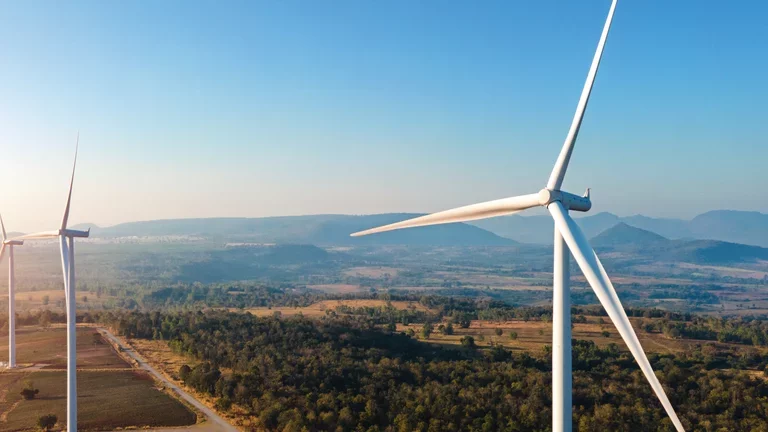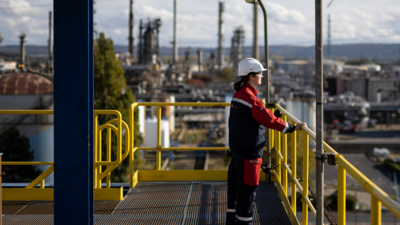Energy transition: accelerating the transformation of energy usage and production methods
Published on April 20, 2023
4 minutes

Director of the "Energy and Climate" Center at the French Institute of International Relations (IFRI), Marc-Antoine Eyl-Mazzega delivers his vision of the energy transition and the technologies that should play a key role in the development of a low-carbon economy.

“The European Union faced many geopolitical and economic upheavals in 2022 including hydrocarbon supply difficulties and rising energy prices. This situation has provoked an accelerated shift in both energy usage and production methods by encouraging the adoption of low-carbon technologies. It has also triggered a historic surge in public policy. This momentum is happening on a global scale. In the United States for example, the Inflation Reduction Act (1) is encouraging companies to invest in green energy.
”
Will the European Union be able to achieve carbon neutrality by 2050, while securing its current energy needs?
Undoubtedly, even if the issue has become more complex and costly since 2022, with the succession of geopolitical and economic shocks. The European Union is facing a disruption to its hydrocarbon supplies following the sudden decoupling from Russia and the explosion in import costs. This has made the challenges of the energy transition all the more pressing in terms of developing renewable energies, flexibility and storage solutions, or access to the resources needed for the new low-carbon hydrogen and electric mobility sectors.
However, these disruptions have had positive effects by reinforcing the urgent need to accelerate decarbonization and by triggering a historic surge in national and European public policies. They have mobilized and brought together all stakeholders in Europe, from governments to businesses and consumers. Additionally, they may accelerate a change in production methods and uses in a sustainable way, and the promotion of low-carbon technologies.
What about the evolution of technologies and pathways?
Reducing CO₂ emissions first involves lowering demand, decarbonizing electricity production, electrifying uses and gradually inserting low-carbon hydrogen where it makes sense. More than 30 countries around the world, including France, have made hydrogen a key component of their industrial recovery plans. Hydrogen and its derivatives will play a fundamental role in the decarbonization of steel, air and sea transport, and some public transport. They will also contribute to the flexibility of the electricity system, petrochemicals and even fertilizers. The use of low-carbon hydrogen will develop progressively, both through electrolysis production – the power of electrolysis units is in the process of being scaled up to reach several tens of megawatts – and also through production methods using raw materials such as biomethane. To be effective, decarbonization will require a focus on low-carbon hydrogen from all sources, including natural gas and nuclear.
For industries whose emissions are difficult to reduce, such as cement, steel and chemicals, carbon capture, storage, reuse and burial (CCUS) technologies are also very promising.
What roles do governments and industrial companies have to play in this context?
Their synergies are essential to making the entire low-carbon value chain viable and efficient. This will be done through private-public partnerships, innovation funds and projects of common interest, and above all, clear objectives and predictable incentive policies.
Industry and public authorities are already working together to support the development of research centers and sites dedicated to decarbonized hydrogen, electric batteries, ecological mobility, eco-design and eco-production. This is already the case in several regions in France (Hauts-de-France, Auvergne-Rhône-Alpes, Normandy), as well as in the Netherlands and Belgium. By increasing its capacities in decarbonized energies and sectors, the European Union will strengthen its autonomy and represent a virtuous model for the rest of the world economy.
Elsewhere in the world, the same dynamic is at work. In the United States, the implementation of the Inflation Reduction Act is already opening up new opportunities and encouraging business investment in green energy and low-carbon production methods.

